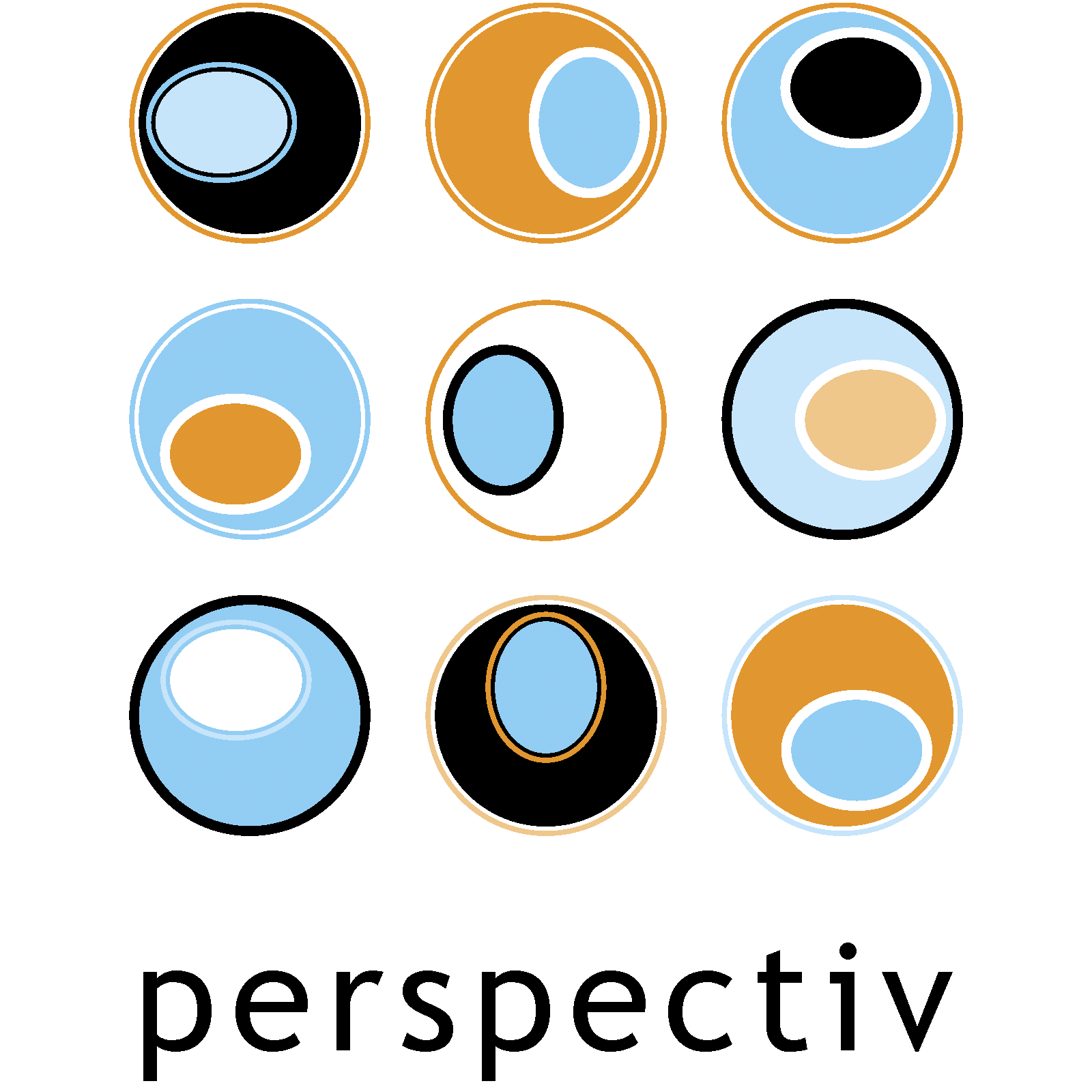Building the 'climate' for innovation
High performance people, teams and organisations are never satisfied with the status quo – instead, they nurture a climate for innovation. Let’s look at what we mean by ‘climate’ in this context, the impact it has on innovation and performance, and how it can be improved.
When working in organisations, people naturally refer to their social context – both physical and psychological – with words such as climate, work environment, culture or atmosphere. It is important to distinguish between these terms and understand their relevance.
The physical and psychological environments
The physical work environment is self explanatory, but its importance is less well understood. Of course, surroundings need to meet certain minimum standards, otherwise people can be become de-motivated and de-energised. On the other hand, there is no guarantee that spending a fortune to make the physical environment fabulous will make any difference.
It is the psychological environment that really counts. This impacts directly on people’s:
energy
engagement
productivity
openness to learning
creativity and innovation.
Research shows that if you get the psychological environment right, performance improves by between 20% and 60%. As our colleagues Göran Ekvall and Scott Isaksen and others discovered:
‘No single separate influence produces a more lasting effect on behaviour and feelings than the daily exposure to a particular psychological atmosphere.’
So, what constitutes the psychological environment?
Culture and climate
Culture and climate are what make up the wider psychological environment. Culture is a far broader concept than climate. To understand it you need to look at the entire organisation. Culture is descriptive, meaning that one culture and its underlying assumptions and values are no better or worse than any other.
Climate, on the other hand, is much more situational. Like the weather, it can be very localised. It either focuses and motivates behaviour or distracts and de-motivates. It is easily observable, measurable and crucially – improvable. A change in climate can usher in a new way of thinking and behaving.
How do you build climate?
The good news is that a healthy climate can be repeatedly, explicitly, and deliberately built. It is simply a reflection and outcome of our behaviours.
Based on 50 years’ research, nine dimensions of climate have been identified as the building blocks for positive change. The following nine questions are taken from the Situational Outlook Questionnaire® or ‘SOQ’. They are a helpful starting point for assessing your climate.
As you read each question, consider how your team, project or organisation might answer on a scale of 1 (a little) to 10 (a lot).
Challenge and Involvement: How challenged, emotionally involved and committed am I to the work?
Freedom: How free am I to decide how to do my job within clear boundaries?
Idea-Time: How much time do I have to think things through before having to act?
Idea-Support: How supportive is my environment?
Trust and Openness: Do I really feel safe in speaking my mind and openly offering different points of view?
Playfulness and Humour: How relaxed do I feel in our workplace – is it OK to have fun?
Conflict: How tense is the environment – to what degree do I feel people engage in territorial games and interpersonal conflicts? (N.B. On this dimension, the lower the score the better.)
Debate: To what degree do people engage in lively debates about the issues?
Risk-Taking: To what degree is ambiguity accepted and is it OK to fail when trying new things?
Next steps
Much more attention needs to be paid to the psychological environment. Use the nine dimensions to soberly evaluate whether you and your organisation genuinely encourage innovation and use them as the foundation for positive change.
Visit our toolkit to find out more about the SOQ.
If you have questions about the SOQ or about improving your organisational climate, please contact us.

